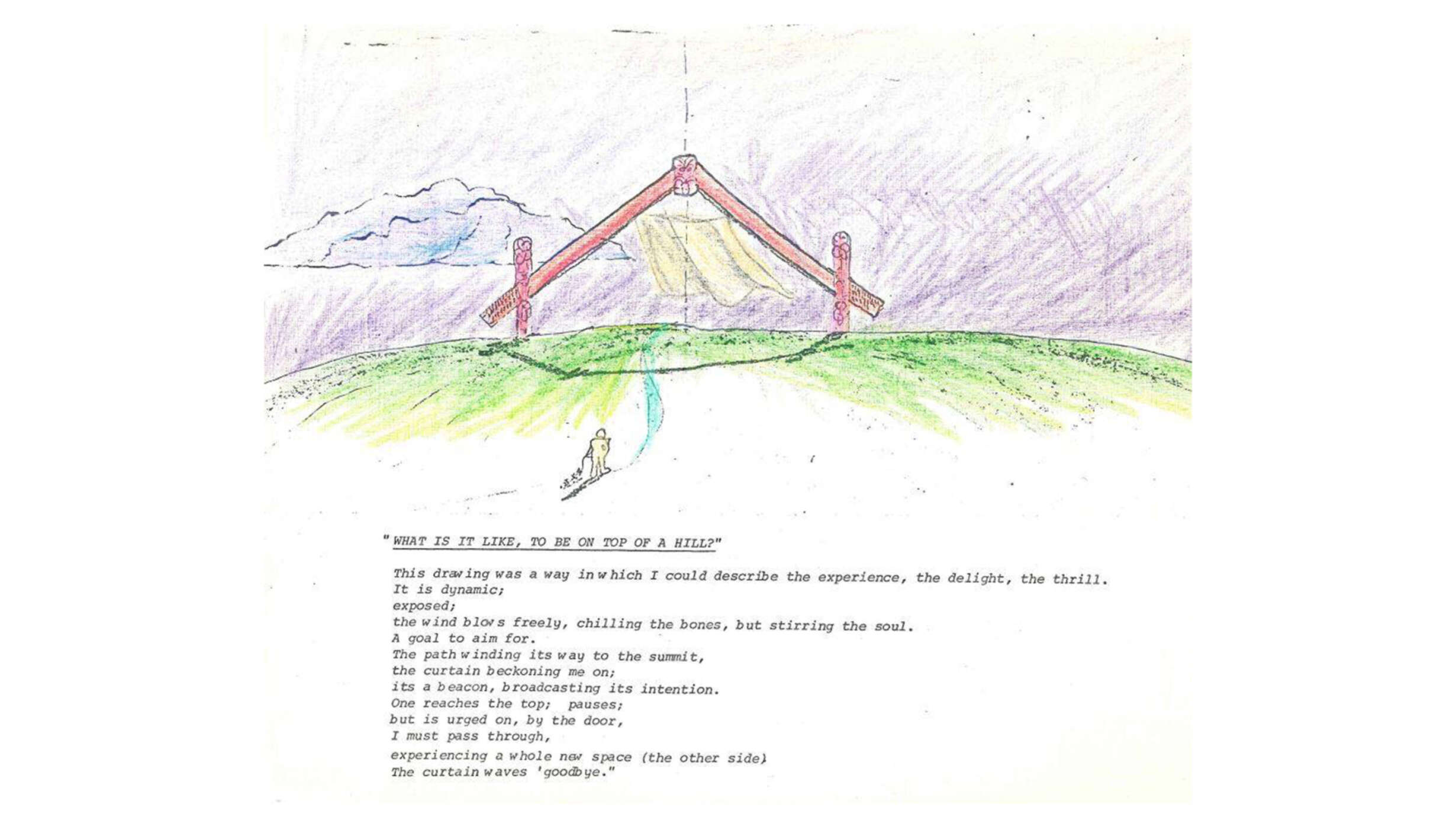The Land Between: Searching for Spatial Meaning beneath the Urban
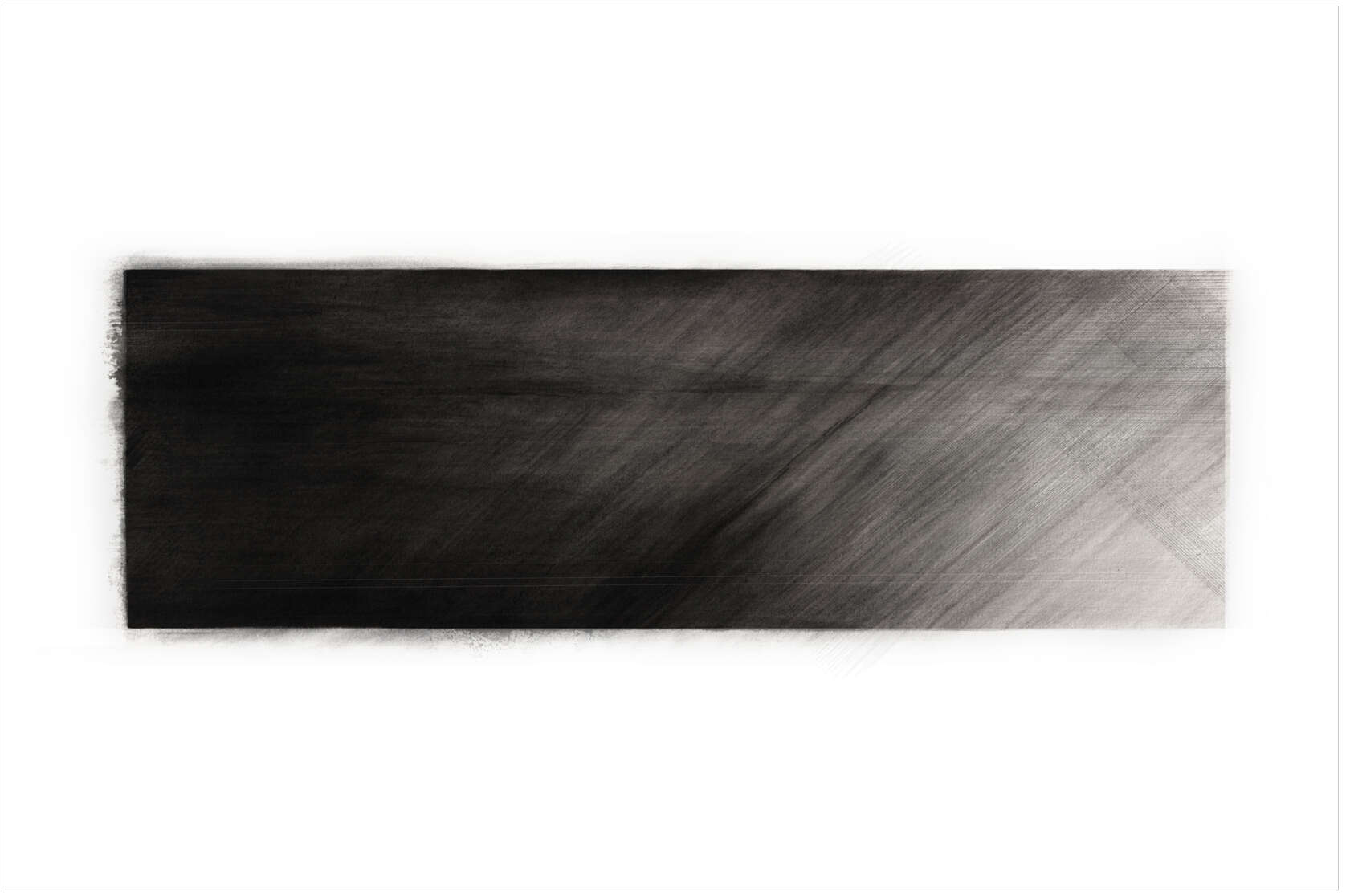
"Until we understand the land,
we will never have an authentic architecture."
— Rewi Thompson (2016)






"Until we understand the land,
we will never have an authentic architecture."
— Rewi Thompson (2016)
By reflecting on how we as designers can engage and represent the intangibilities of culture, and in order to expose and resuscitate the spiritual landscape, this thesis aims to challenge conventional views of physical space as a purely aesthetic or functional entity. The aim is to demonstrate the notion that conditions of space can be determined by memory and metaphor when there is a will to understand and respect indigenous values of the land.
In today’s multicultural society, Māori culture struggles to identify itself against the ever-expanding commercial and technological advances of the modern world. Contemporary architecture has seen a shift in such ideals as place and identity, and the increasing spread of the urban layer acts as a blanket that covers and suffocates the cultural landscape. This uncompromising expansion infuses a disregard for the social, contextual and cultural essences of Māori in Aotearoa. The impression that space is an aspect that is purely functional has, in return, disrupted the natural ethos of indigenous culture and its histories, as well as overriding the spiritual relationship the body possesses with the ever-present land and sea.
The design research involves intensive investigations of spatial conditions informed by Māori creation narratives. Conceptual writing, drawing and modelling pay homage to indigenous knowledge, presence and identity manifested within the city site, hoping to offer an abiding acuity of meaning; and significance within the modern world. This thesis aims to give existence to the invisible, in which the anchors of our existence can be receptive to emotions that can be felt, but not always seen: an expression of architecture – and an identity – that is yet to be revealed.
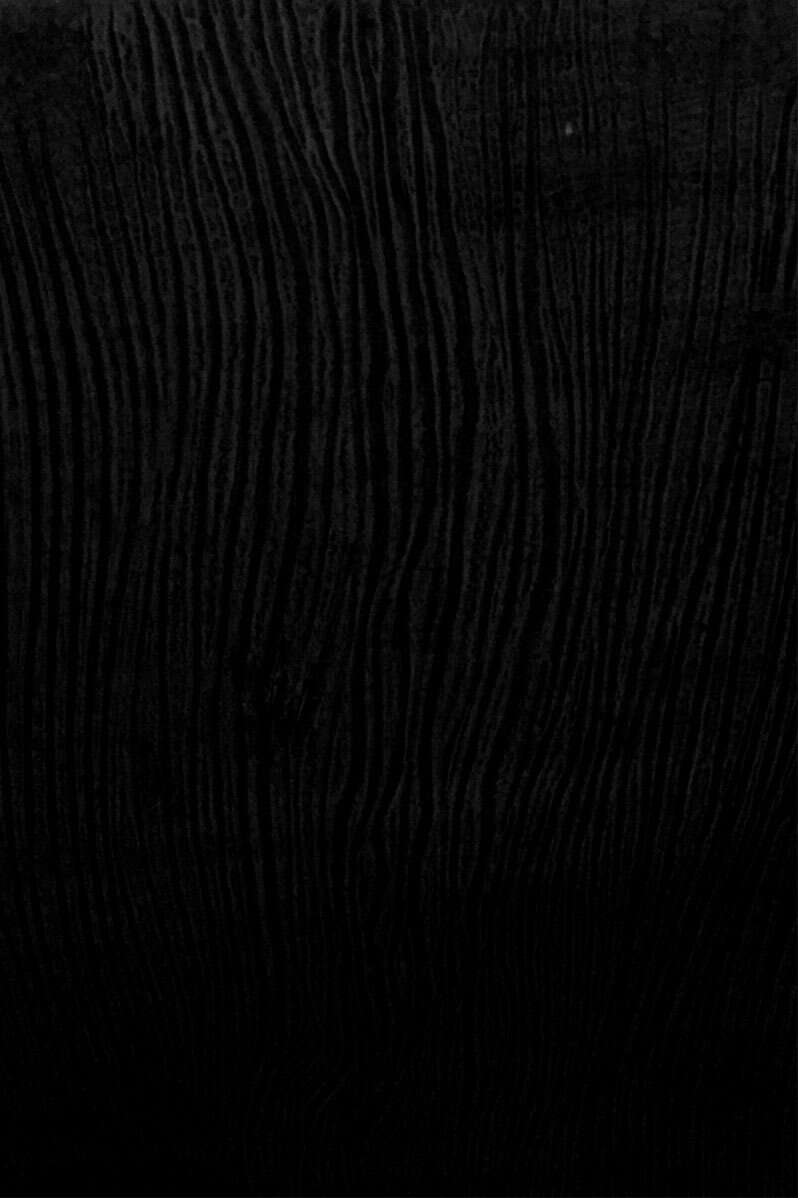
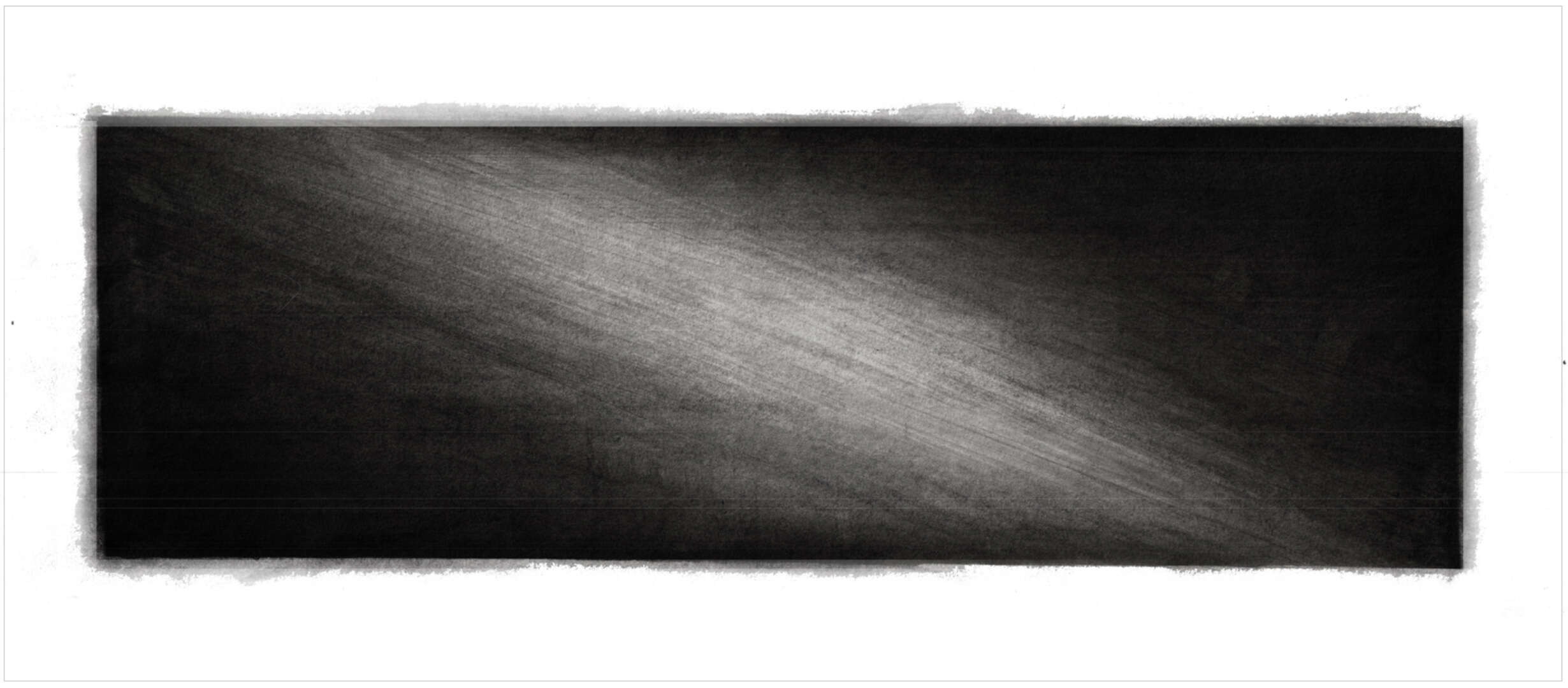
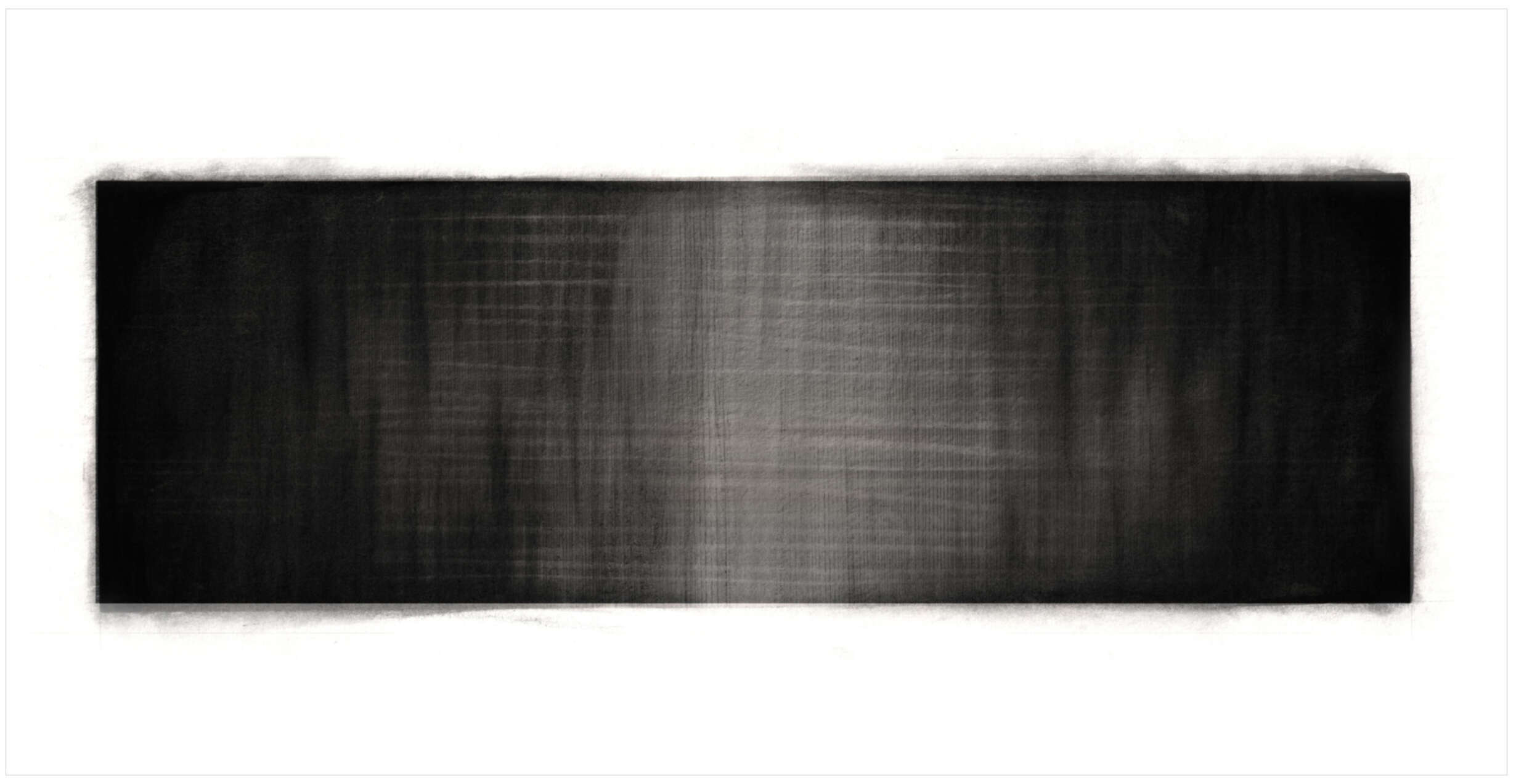
This thesis is an investigation and an exploration of my understanding of the land. It explores an otherness that is often overlooked. We encounter spirit through culture, instead of spirit through the material or physical world.
Site: Waihorotiu, the stream which once flowed down the valley where Queen Street now resides, serves as an analogy for oppression and the cultural conditioning of the city.


The peel is a gesture, a metaphor to reveal; a key that unlocks the urban and an invitation to explore a spatial idea, an exploration process towards possibilities.
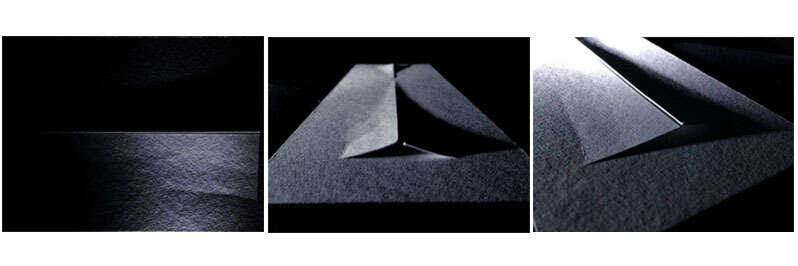
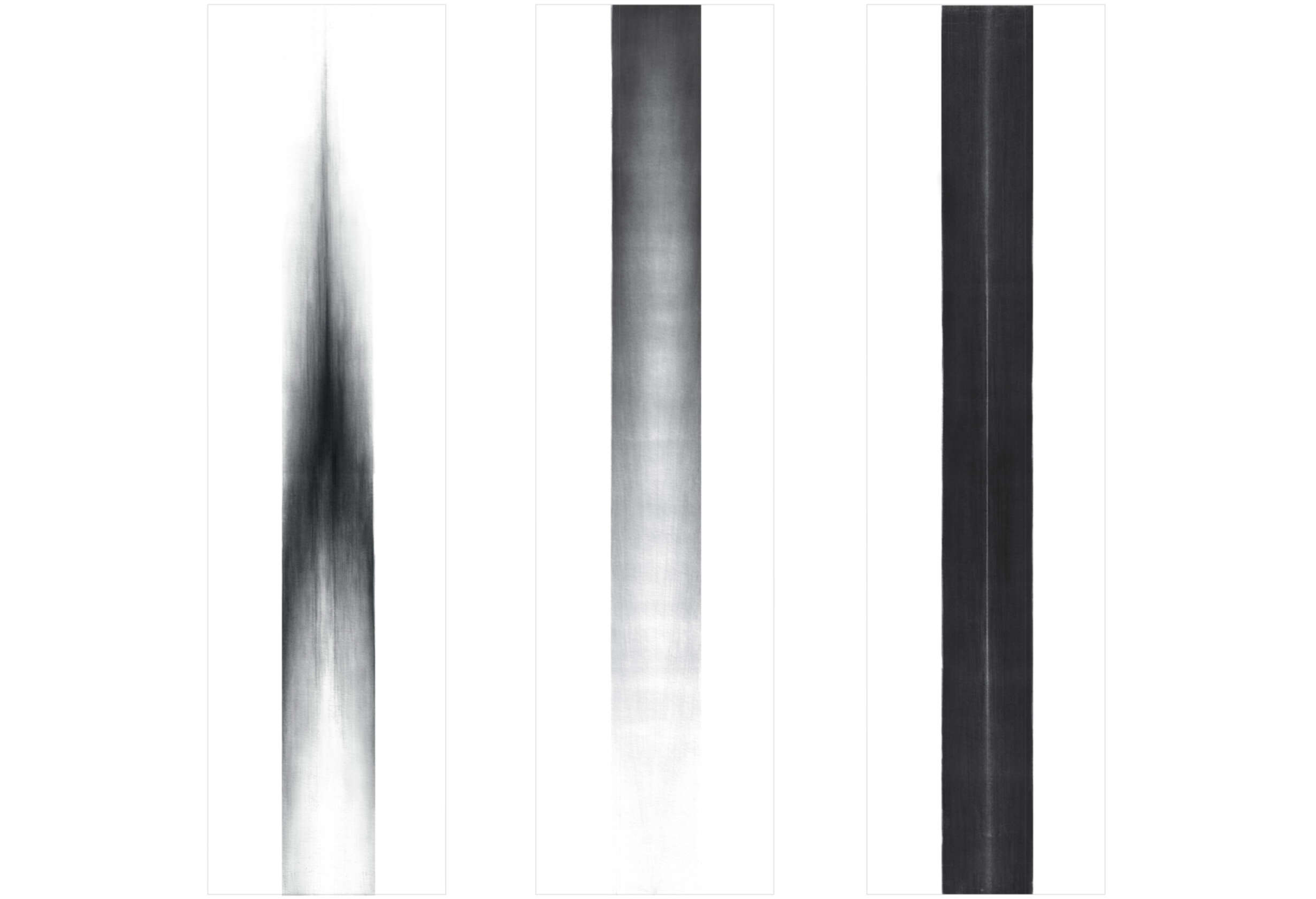
The Māori creation narratives informed the consistent process of abstract drawing and painting. The act of analogue drawing and the application of darkness onto the white page acts as a stain onto the pristine layer of the surface.
The myths revealed notions of a spatial realm through descriptions of darkness and penetration of light. The stages which came before are understood to be a stirring and shifting of movement; waiting for something to happen, a transition.
Darkness generates space through its layers and depths, in the same instance, space generates time, in which progresses through a series of significant events.
With no tangible exterior form, or programmatic function, this eliminates architecture as object and the perception of visual judgement, this shifts attention to experiential and spatial qualities; the spatial condition.
A work of critique, rather than saying that this is exactly what or how it should be, but offers an alternative view.
Once you strip away the physical-ness, this is a spatial response of how the city, the land, sea, architecture, could be and could feel — spiritual, comforting, reflective, provoking.
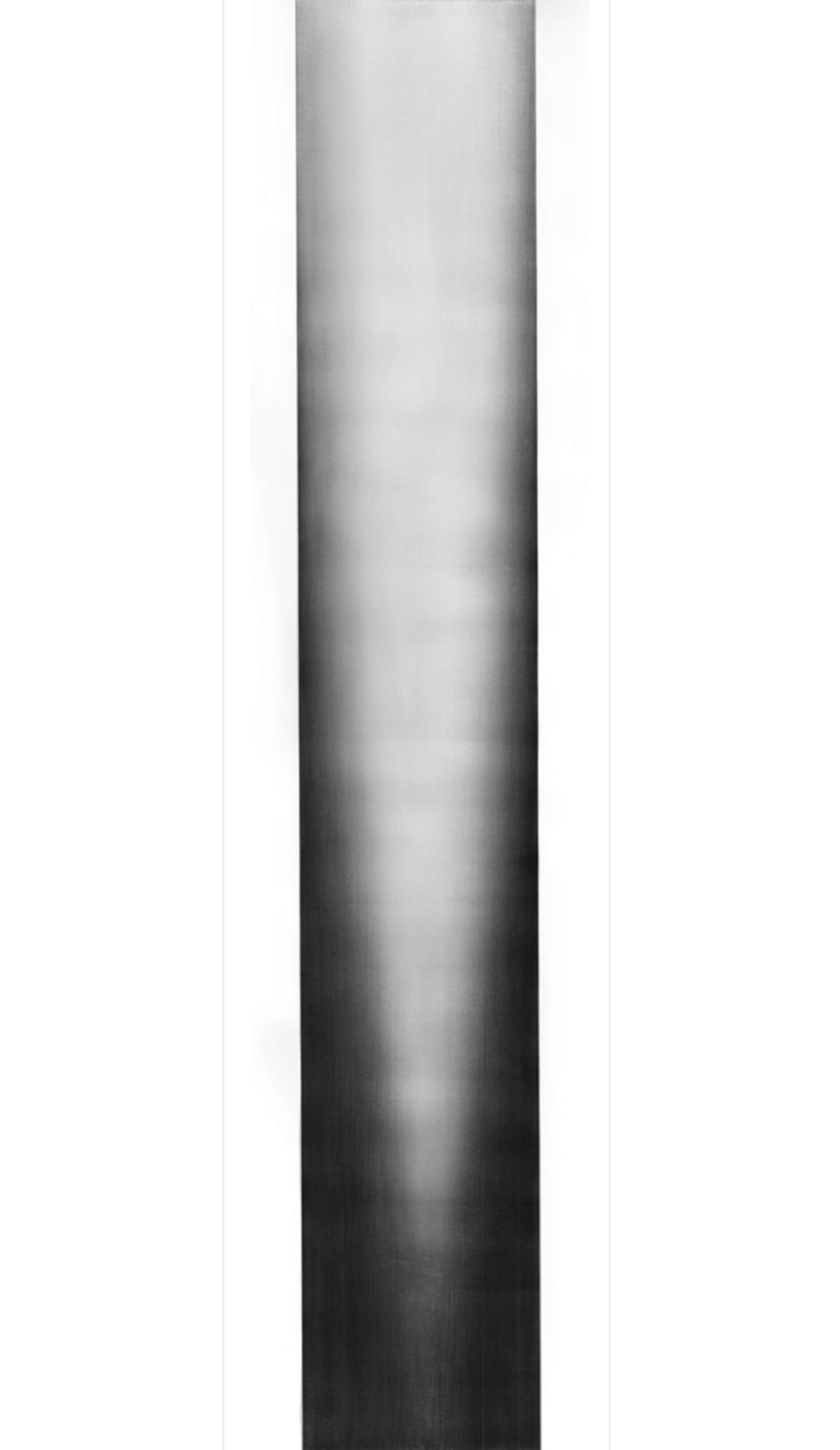
Rewi Thompson would repeatedly express that,
“until we understand the land, we will never have an authentic architecture.”
Thus, this thesis is an investigation and exploration of my personal understanding of the land, the sea, the sky; of us.
It comes with a purpose – or more appropriately, a hope – that this could be, would be, or is, the soul of an architecture to come.
"...Return to the world,
anew;
anew;
anew."
In memory of Rewi Thompson.
Thank you for encouraging us to dream beyond what is conceivable.
Through us, your passion lives on.
